Ways of Eating,
Kelly Randallweb - instagram
Previous updates:
Update #1:
![]()
![]()
The human diet was once determined by availability and accessibility, from what was grown locally and seasonally, in varying climates and communities. As the supply chains of the 21st century blur how our ingredients arrive on our plates, how can we collectively shift our ways of eating to minimise the impact on the planet?
Ways of Eating aims to collect and explore traditions and practices of eating, using them to rethink our urban approach to food with consideration to the climate crisis.
The first area of research centres around entomophagy; around 2 billion people worldwide regularly consume insects. With 1,900 edible species, high protein content, and sustainable farming, what can we learn from this practice? As current food production methods become exhausted, we need to expand our concept of ‘edible’ to offer food security for the future.

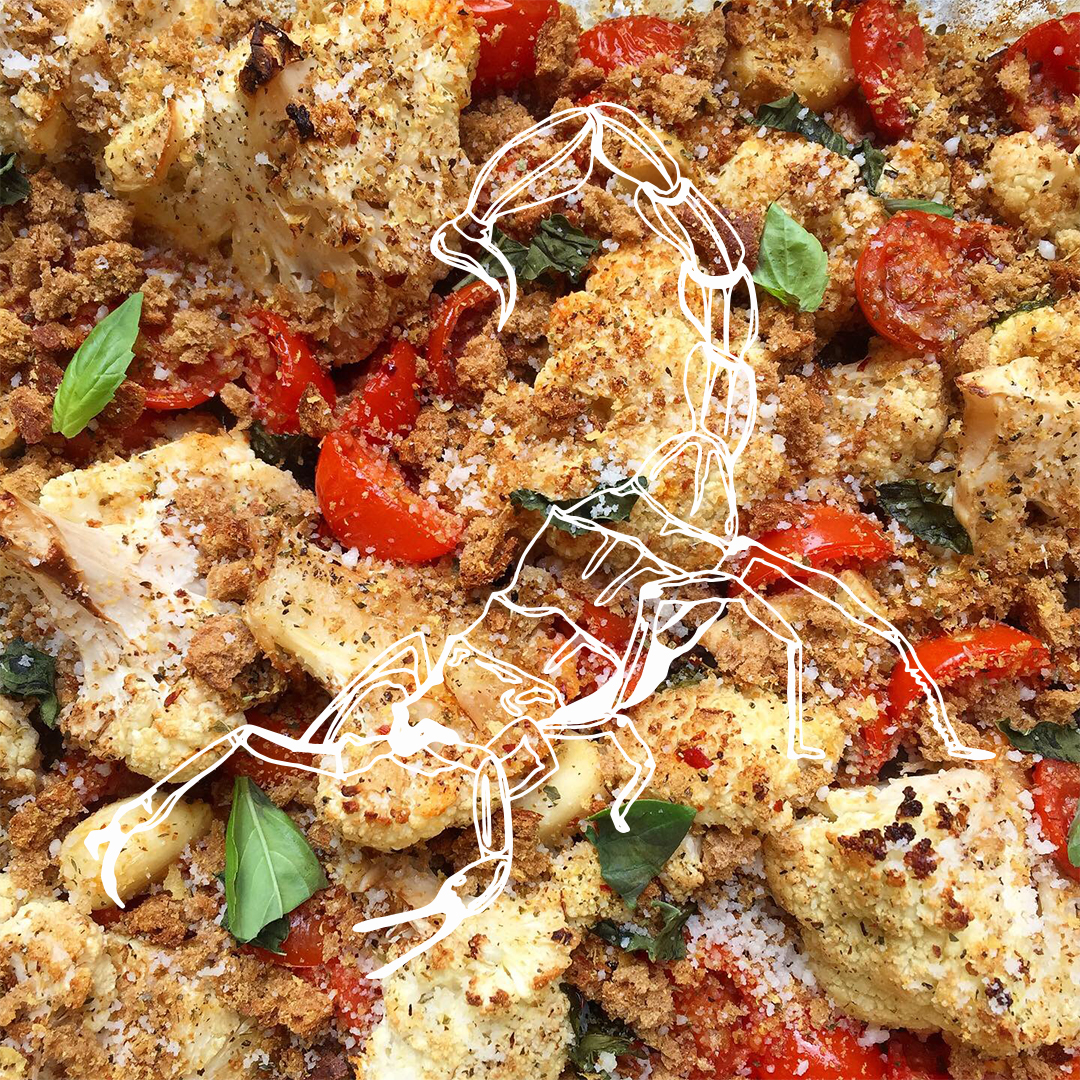
The human diet was once determined by availability and accessibility, from what was grown locally and seasonally, in varying climates and communities. As the supply chains of the 21st century blur how our ingredients arrive on our plates, how can we collectively shift our ways of eating to minimise the impact on the planet?
Ways of Eating aims to collect and explore traditions and practices of eating, using them to rethink our urban approach to food with consideration to the climate crisis.
The first area of research centres around entomophagy; around 2 billion people worldwide regularly consume insects. With 1,900 edible species, high protein content, and sustainable farming, what can we learn from this practice? As current food production methods become exhausted, we need to expand our concept of ‘edible’ to offer food security for the future.
Update #2:
![]()
![]()
![]()
The past month of research has been centred around sourcing local food and consuming seasonally, two ways of eating that have the potential to fix our broken supply chains and offer food security for the future.
As discussed by @cookingsections and Maite Borjaban as part of @thewrldaround Earth Day talks, our seasons have blurred into one and we have become accustomed to the year-round availability of produce. UK supermarkets proudly stock out-of-season fruits and vegetables, further obscuring where our food comes from and how it ends up on our plates.
Ways of Eating has traced the origins of a selection of UK supermarket recipes: by recording and visualising each ingredient’s origin it is possible to reimagine a map that shows how far a meal has travelled. With further development, these maps can become an educational tool and even pressure supermarkets to provide clear, honest information.
The past month of research has been centred around sourcing local food and consuming seasonally, two ways of eating that have the potential to fix our broken supply chains and offer food security for the future.
As discussed by @cookingsections and Maite Borjaban as part of @thewrldaround Earth Day talks, our seasons have blurred into one and we have become accustomed to the year-round availability of produce. UK supermarkets proudly stock out-of-season fruits and vegetables, further obscuring where our food comes from and how it ends up on our plates.
Ways of Eating has traced the origins of a selection of UK supermarket recipes: by recording and visualising each ingredient’s origin it is possible to reimagine a map that shows how far a meal has travelled. With further development, these maps can become an educational tool and even pressure supermarkets to provide clear, honest information.
Update #3:
![]()
![]()
![]()
Building a more sustainable food system goes beyond dietary choice, refrigeration is the invisible polluter of the production line.
The idea of cooling and preserving food dates back to the Ancient Roman and Chinese empires and gained normality in the 20th Century. Traditional spaces of refrigeration such as Yakhchāl or underground ice houses have been replaced by integrated domestic appliances. Refrigerators are symbols of perceived freshness, yet their ability to essentially stop time has blurred our cultural understanding of how food naturally behaves.
While commercial refrigeration does allow us to overcome seasonal and geographical limitations, our overeating world is demanding too much artificial cooling. Refrigeration consumes around 17% of global electricity and, even if sourced renewably, refrigerants are predicted to be responsible for half of global emissions by 2050. How can we provide cooling without warming our planet further?
Ways of Eating begins to highlight this vast global network and will be experimenting with traditional methods of preservation to reduce our reliance on refrigeration and reintroduce this knowledge into our food education.
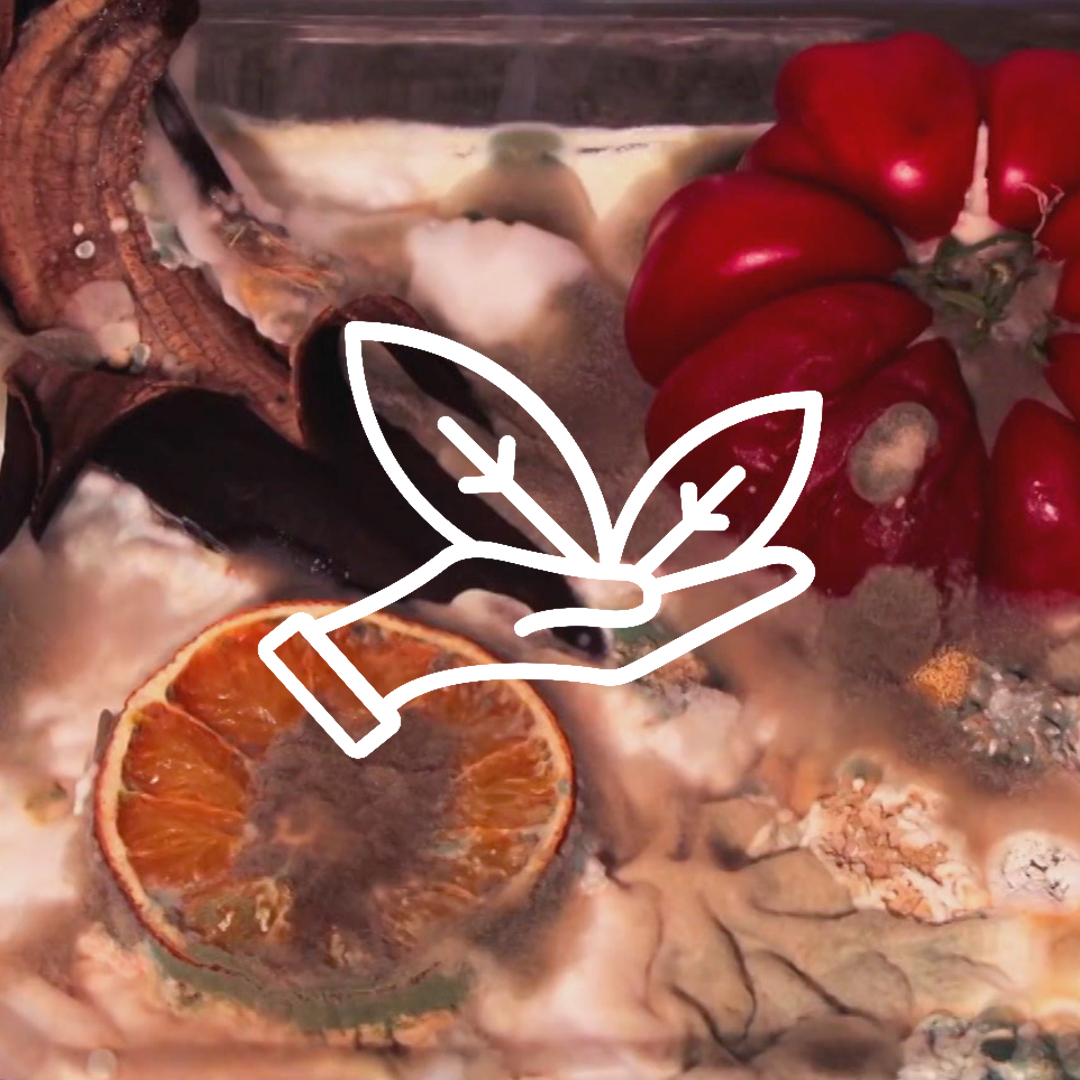
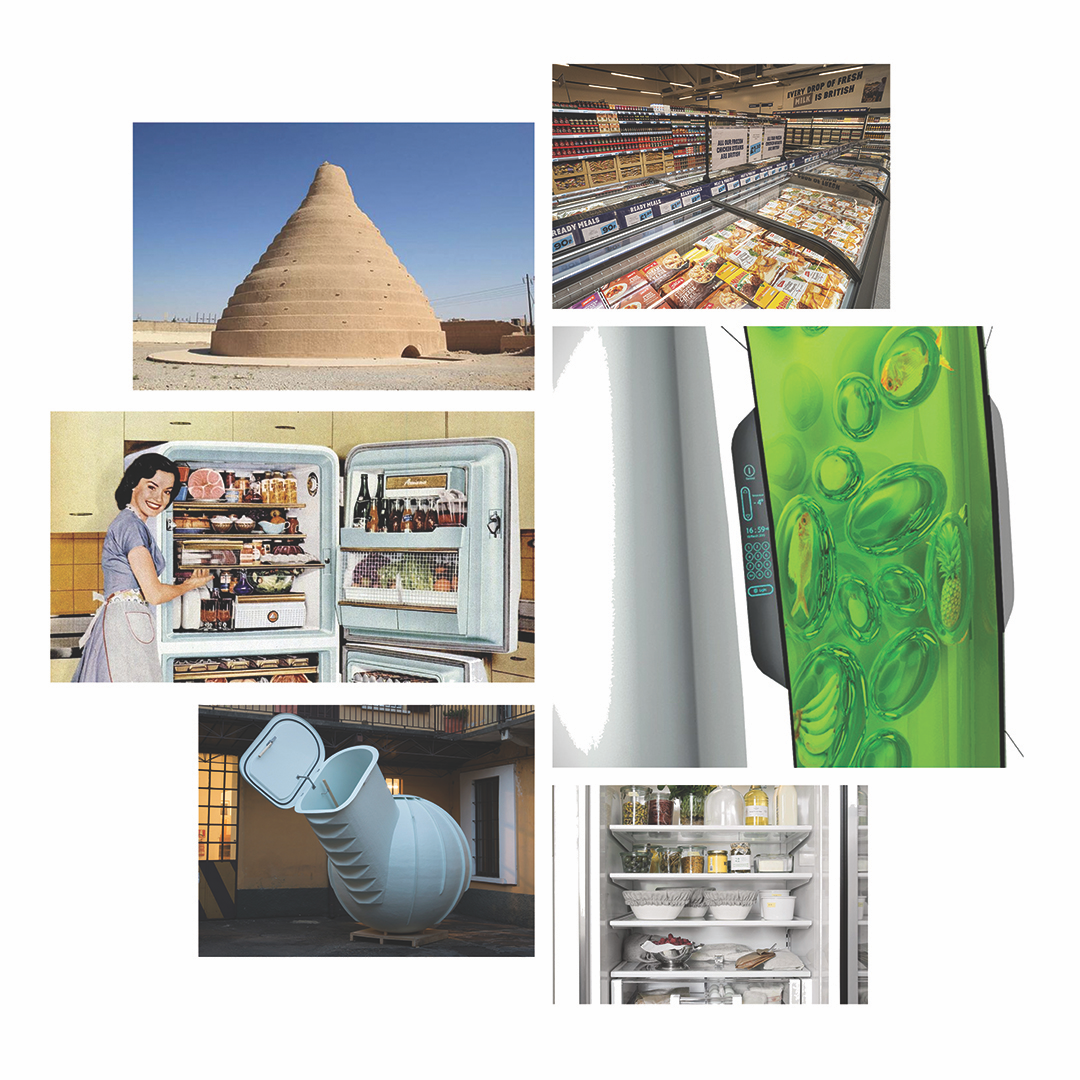

Building a more sustainable food system goes beyond dietary choice, refrigeration is the invisible polluter of the production line.
The idea of cooling and preserving food dates back to the Ancient Roman and Chinese empires and gained normality in the 20th Century. Traditional spaces of refrigeration such as Yakhchāl or underground ice houses have been replaced by integrated domestic appliances. Refrigerators are symbols of perceived freshness, yet their ability to essentially stop time has blurred our cultural understanding of how food naturally behaves.
While commercial refrigeration does allow us to overcome seasonal and geographical limitations, our overeating world is demanding too much artificial cooling. Refrigeration consumes around 17% of global electricity and, even if sourced renewably, refrigerants are predicted to be responsible for half of global emissions by 2050. How can we provide cooling without warming our planet further?
Ways of Eating begins to highlight this vast global network and will be experimenting with traditional methods of preservation to reduce our reliance on refrigeration and reintroduce this knowledge into our food education.
Update #4:
![]()
The value of food is woven through a complex system of influences: agricultural, historical, political, emotional, nutritional and cultural factors all inform our perceptions of our edible choices. While having access to affordable, good quality food is a basic human right, it’s important to work towards expanding our field of value with the aim of making better informed choices with our money.
Ways of Eating has been exploring these factors in relation to our perceptions of food. A significant amount of food is wasted before it even reaches the supermarkets due to ‘cosmetic imperfections’. The rise of wonky veg boxes sold in supermarkets is a step in the right direction but ultimately this produce is still being marketed as flawed.
Tracing back the history of how we arrived at these perceptions is crucial to started a dialogue. Through education we can begin to shift our expectations and collectively work with the food system to reduce unnecessary waste. Who decided what a carrot or an aubergine should look like anyway?
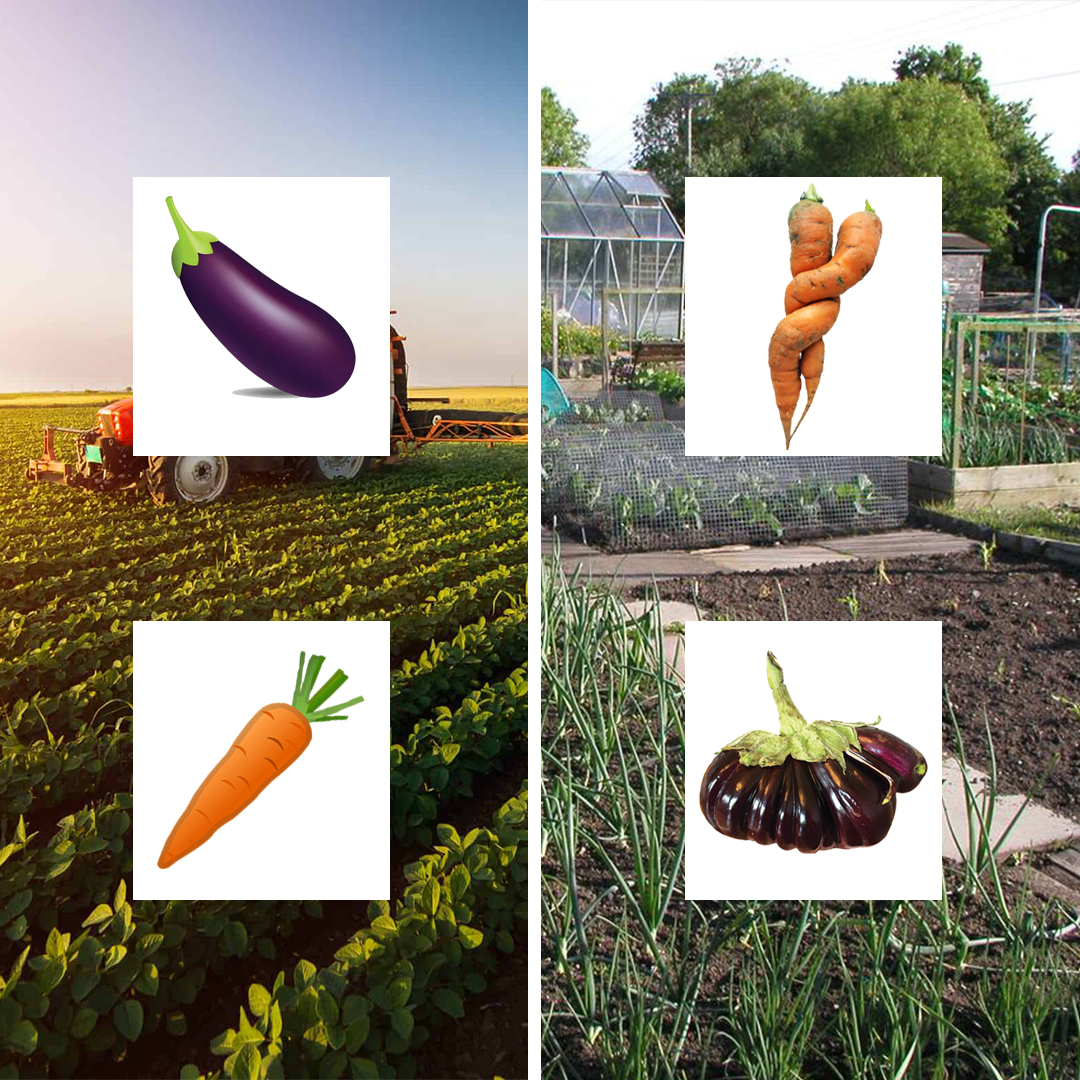
The value of food is woven through a complex system of influences: agricultural, historical, political, emotional, nutritional and cultural factors all inform our perceptions of our edible choices. While having access to affordable, good quality food is a basic human right, it’s important to work towards expanding our field of value with the aim of making better informed choices with our money.
Ways of Eating has been exploring these factors in relation to our perceptions of food. A significant amount of food is wasted before it even reaches the supermarkets due to ‘cosmetic imperfections’. The rise of wonky veg boxes sold in supermarkets is a step in the right direction but ultimately this produce is still being marketed as flawed.
Tracing back the history of how we arrived at these perceptions is crucial to started a dialogue. Through education we can begin to shift our expectations and collectively work with the food system to reduce unnecessary waste. Who decided what a carrot or an aubergine should look like anyway?
Update #5:
![]()
![]()
On the journey to creating a culinary resource that centres around sustainable eating, my research has been considering how recipes and cookbooks are developed and what additional information is required to educate readers to make better choices where possible. Through the sea of sustainable recipe books on the market that encourage local sourcing, reduced food waste, and low-carbon ingredients, what can I add to the conversation?
I’d recommend watching Feast to Save the Planet on BBC Two, where dinner party guests are judged on the carbon footprint of their menu choices. While avoiding animal products and imported foods come as no surprise, the programme also highlights some ingredients and methods of transport that aren’t as harmful as you might initially think.
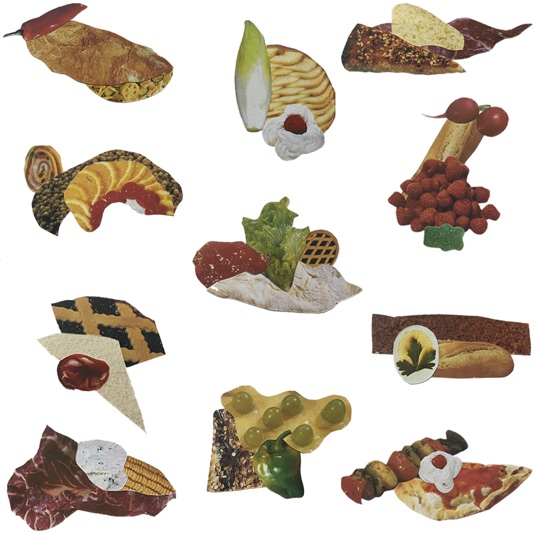

On the journey to creating a culinary resource that centres around sustainable eating, my research has been considering how recipes and cookbooks are developed and what additional information is required to educate readers to make better choices where possible. Through the sea of sustainable recipe books on the market that encourage local sourcing, reduced food waste, and low-carbon ingredients, what can I add to the conversation?
I’d recommend watching Feast to Save the Planet on BBC Two, where dinner party guests are judged on the carbon footprint of their menu choices. While avoiding animal products and imported foods come as no surprise, the programme also highlights some ingredients and methods of transport that aren’t as harmful as you might initially think.
Update #6:
![]()
Our understanding of food and cooking is wonderfully individual, generally dependant upon places we’ve lived and travelled, people we surround ourselves with, and media that we consume. While this form of education is organic, it leaves gaps in our knowledge that could otherwise benefit our diets and the planet. The proposed culinary resource has began to develop into an ingredient library that will collate information on the origins, history, uses, farming, and (of course) recipes.
The first ingredient is the humble potato. The Inca Indians were the first to cultivate this starchy tuber in Peru, before it was introduced across Europe by the Spanish in the 16th century. It’s a staple crop in many countries around the world with more than 5,000 varieties. The potato is hugely versatile both in the way that it is cooked and the flavours that it can carry. It’s culinary uses vary from region to region in such a way that there must be something we can learn from it.

Our understanding of food and cooking is wonderfully individual, generally dependant upon places we’ve lived and travelled, people we surround ourselves with, and media that we consume. While this form of education is organic, it leaves gaps in our knowledge that could otherwise benefit our diets and the planet. The proposed culinary resource has began to develop into an ingredient library that will collate information on the origins, history, uses, farming, and (of course) recipes.
The first ingredient is the humble potato. The Inca Indians were the first to cultivate this starchy tuber in Peru, before it was introduced across Europe by the Spanish in the 16th century. It’s a staple crop in many countries around the world with more than 5,000 varieties. The potato is hugely versatile both in the way that it is cooked and the flavours that it can carry. It’s culinary uses vary from region to region in such a way that there must be something we can learn from it.
Update #7:
![]()
![]()
The potato is a staple food for over two thirds of the world’s population and is grown in over 100 countries. Countless recipes from all over the world demonstrate the potato’s versatility as a delicious and nutritious ingredient.
Ways of eating has a culinary focus, yet the latest developments have looked beyond our plates and towards the growing, harvesting, and alternate uses of the potato. They are fertilisers, cleaners, healers, printers, and more recently potato starch has been used to create biodegradable plastic. These uses will be explored further and expanded upon within my ingredient library and in the process of its creation.
Resources: The Vegetable & Herb Expert by Dr. D. G. Hessayon and Potato: A Celebration of the World's Most Versatile Vegetable by Alex Barker


The potato is a staple food for over two thirds of the world’s population and is grown in over 100 countries. Countless recipes from all over the world demonstrate the potato’s versatility as a delicious and nutritious ingredient.
Ways of eating has a culinary focus, yet the latest developments have looked beyond our plates and towards the growing, harvesting, and alternate uses of the potato. They are fertilisers, cleaners, healers, printers, and more recently potato starch has been used to create biodegradable plastic. These uses will be explored further and expanded upon within my ingredient library and in the process of its creation.
Resources: The Vegetable & Herb Expert by Dr. D. G. Hessayon and Potato: A Celebration of the World's Most Versatile Vegetable by Alex Barker
︎ ︎ ︎
